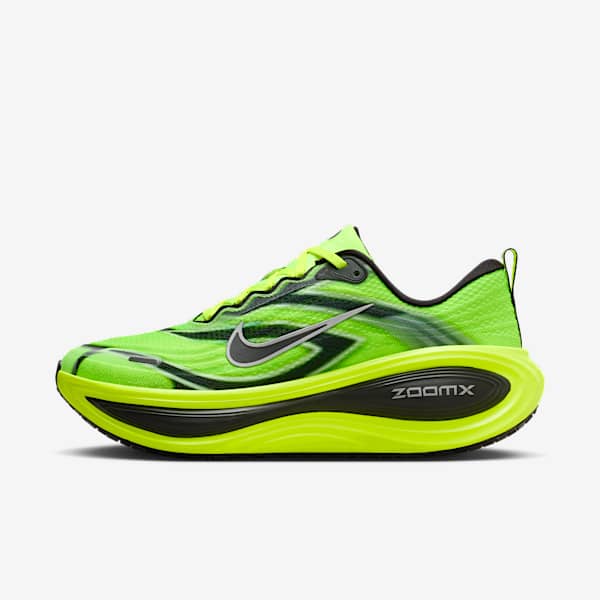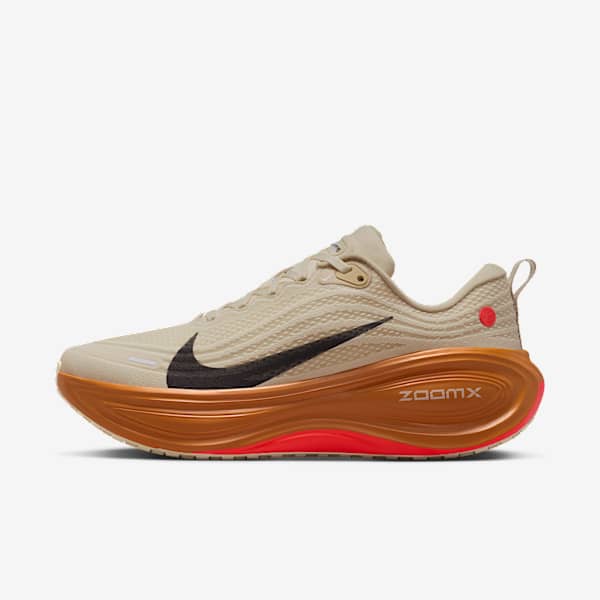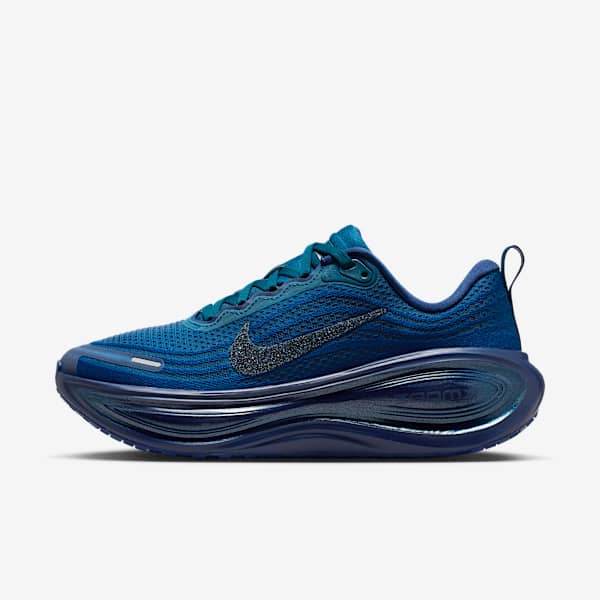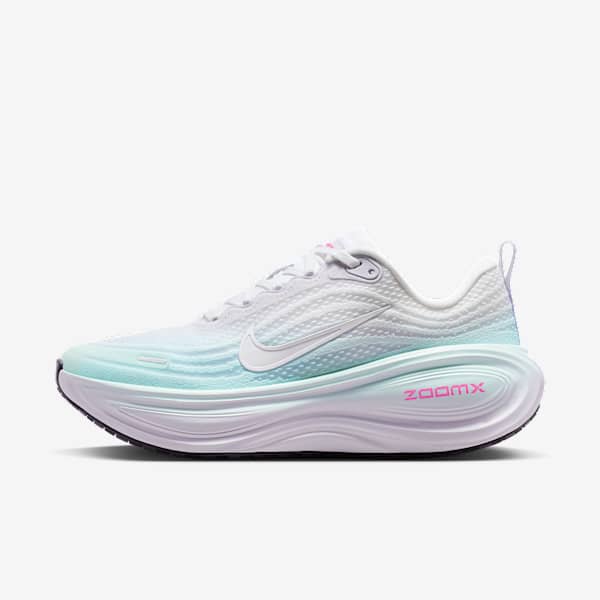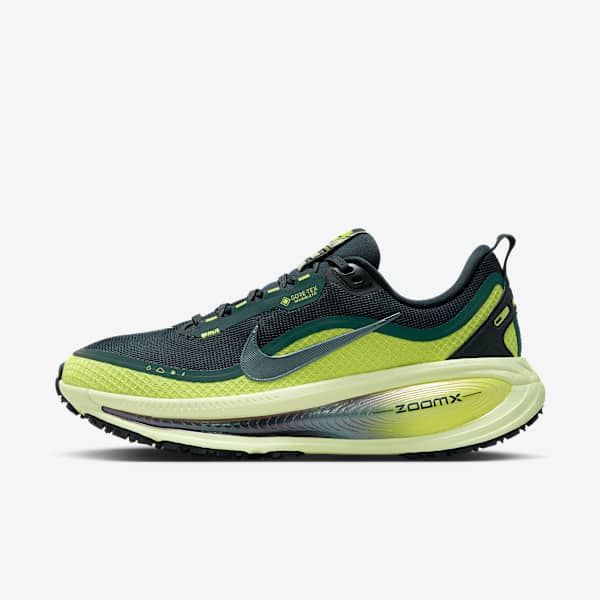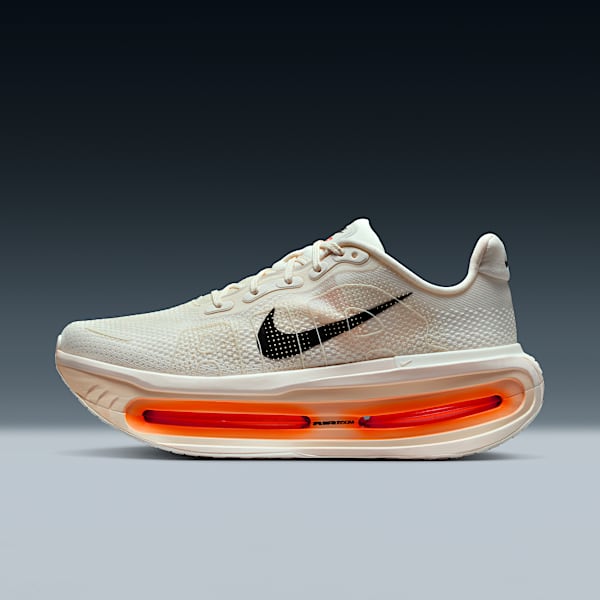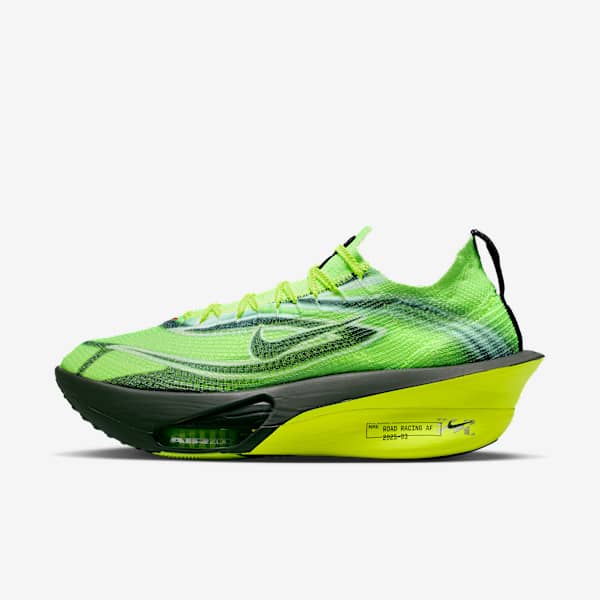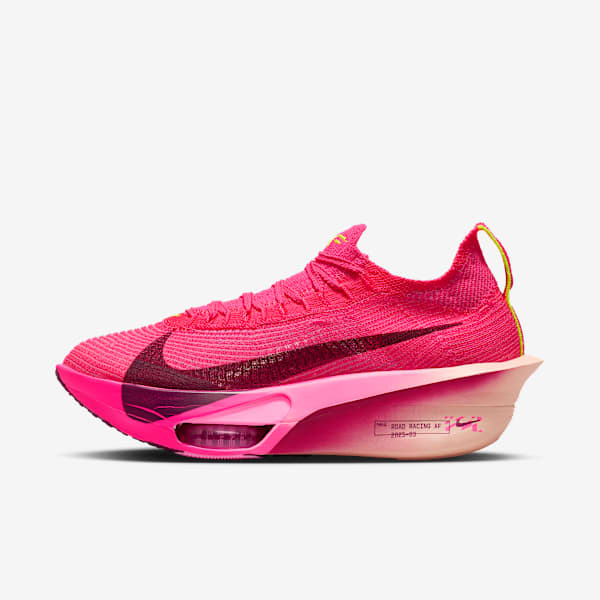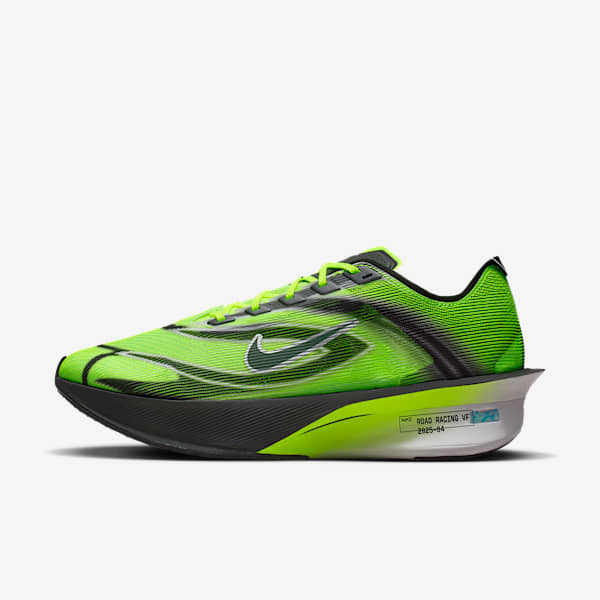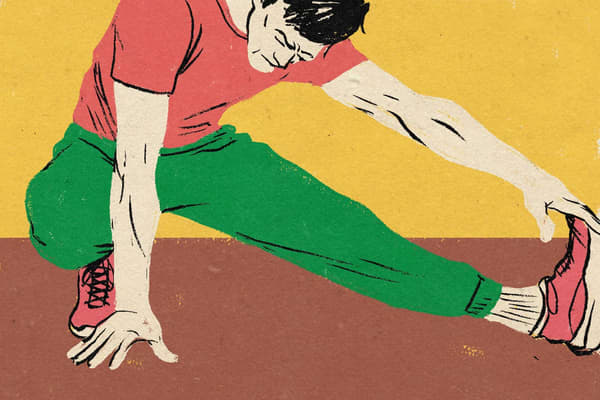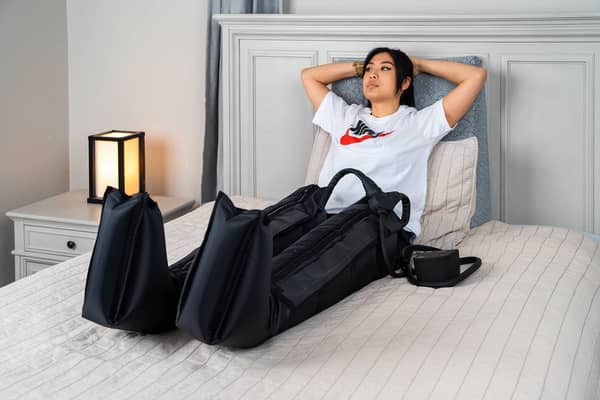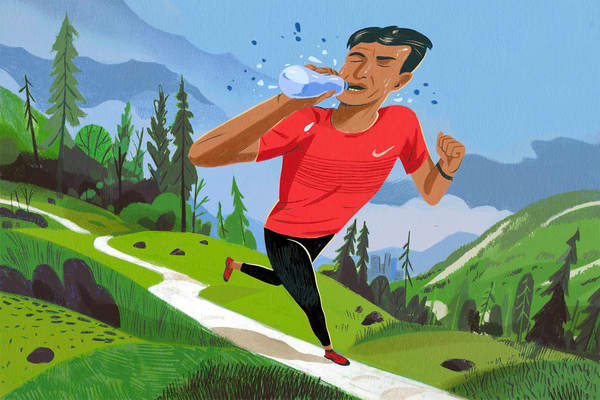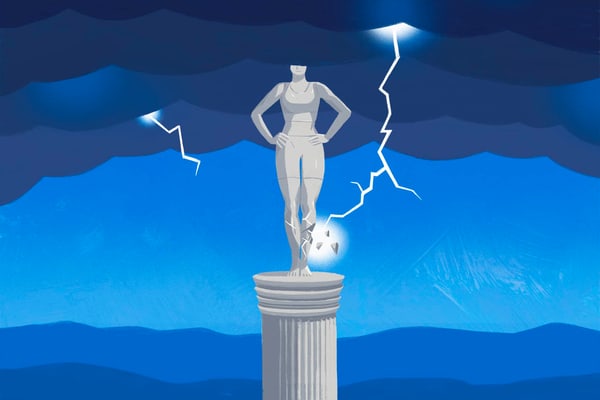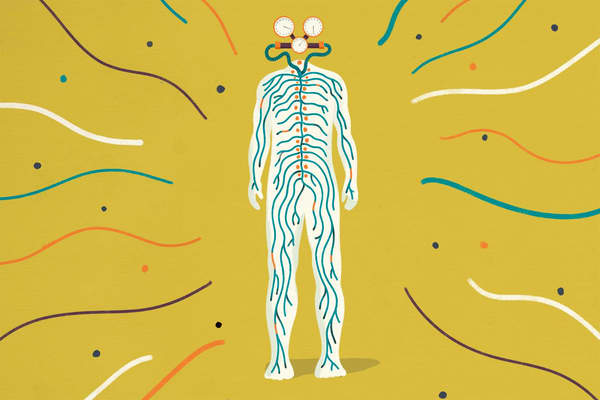Runner Problems: How to Stop Chafing, Blisters and Other Common Issues
Health & Wellness
Experts explain what helps with chafing, blisters and three other minor—but uncomfortable—problems many runners face.

Most athletes know that with the enjoyment of running can also come a few pitfalls, as in any sport. Some common runner problems, including stress fractures and other overuse injuries, can sideline you for several months. But, often, it's the little things that remain irksome, if not disastrous.
Enter classic runner problems such as blisters on your feet, chafing between your thighs and, yes, black toenails. While they may seem like small tolls to pay to enjoy that runner's high, these seemingly insignificant irritants can quickly become larger setbacks if not addressed early on.
It's easy to accept that these pesky issues are par for the course, but they don't always need to be. We asked experts to share their best tips for avoiding and treating these common runner problems, so that you can better avoid them and run more comfortably.
5 Common Runner Problems
1.Chafing
So, what causes chafing, anyway? Experts explain it's caused by skin rubbing against skin or skin rubbing against clothing.
"Chafing can occur anywhere on the body, but the thighs, groin, underarms and nipples are particularly vulnerable", said Hadley King, MD, a board-certified dermatologist in New York City who specialises in medical and cosmetic dermatology.
So, what helps with chafing? To prevent friction and skin chafing while running, King recommends:
- Ditch the sweaty clothes post-workout. "Wet skin can make chafing worse because moisture can weaken the skin barrier function, leaving the skin more vulnerable", she said. "Apply powders to absorb moisture and don't stay in wet or sweaty clothing".
- Lubricate. "Apply [petroleum jelly] or other anti-chafing products, like a wax glide, to hot spots", she said. "This creates a barrier between your skin and workout clothing to reduce friction".
- Make smart clothing choices. Wearing well-fitting clothes made from moisture-wicking materials—generally synthetic fabrics such as polyester, nylon and micromodal—can help draw the sweat away from your skin. "And look for smooth seams to avoid rubbing", she said.
RELATED: Should You Run in a Weighted Vest? Experts Explain the Benefits—And Drawbacks
If you've fallen victim to chafing, King said she recommends cleaning and drying the skin and then applying a soothing cream or emollient. Then, take a break or switch to a different activity until the skin heals to avoid additional damage or infection.
"If the area is very painful or swollen, see your dermatologist", she said. "You may need a topical cortisone to decrease inflammation or an antibiotic if the area has become infected".
2.Blisters
"Blisters are generally caused by either the friction of skin-to-skin, two digits rubbing against each other, or skin-against-shoe, the fabric of the shoe or the tightness of the shoe", said Sidney Weiser, D.P.M., a podiatrist at Quality Podiatry Group in Chicago.
The key to prevent them is to reduce friction. You can do this a few ways:
- Ditch cotton socks. Instead, opt for socks made from moisture-wicking fabrics such as nylon, polyester or merino wool. "Moisture weakens the skin, making it more vulnerable to the effects of friction", Weiser said. "It can also increase slippage [in the sock], which can lead to other injuries as well".
- Use drying powder and/or lubrication. If your feet tend to get sweaty, apply foot-drying powder before putting on your socks, Weiser said. You can also apply petroleum jelly-based products to any hot spots where you notice rubbing to reduce friction and blister formation.
- Double up on thin socks. "Adding a second layer of socks can help because then the rubbing is between two layers of socks instead of the sock and skin", said Daniel M. Dean, MD, an orthopaedic surgeon with fellowship training in foot and ankle surgery at the Illinois Bone & Joint Institute.
- Make sure your shoes fit. If your shoes are too tight, they can put too much pressure on the feet and rub in all the wrong spots. If they're too loose, your foot will slide and this friction can lead to blisters, Dean said.
- Use protection. Apply a piece of moleskin or over-the-counter gel blister-prevention pads on areas of the feet that you've had blisters before, Weiser said.
If you do end up with a blister, refrain from popping it. "If you can leave the top layer of skin in place, it's the best dressing for the blister and will prevent infection", Dean said. If the blister becomes painful, see your primary care doctor or a podiatrist, who can help drain it safely. In the meantime, "cover the blistered area with sterile gauze, apply triple antibiotic ointment and wear open-toe shoes until healed", Weiser said.
3.Damaged Toenails
Most runners can attest to having toenails that look a bit grungy or even slightly damaged—toenails can take quite a beating from running. Many runners have had at least one run-in with the infamous black toenail, while others have had their fair share of ingrown toenails.
Black toenails happen when blood gets trapped under the nail. "Black toenails are the result of microtrauma from the toes banging into the edge of your shoes, which causes something called subungual hematoma—a fancy word for bleeding under the nail", Dean said.
Ingrowns, which are when the edge of the nail starts to grow into the skin, also happen as a result of repetitive trauma. Ill-fitting shoes and imbalances in the foot can make this more likely, Weiser said.
RELATED: Nike's Most Comfortable and Supportive Shoes for Heel-Strike Runners
Finally, the toenails can become damaged as a result of all that pounding on the pavement. Thickening of the toenail can stem from trauma—essentially a scar of the toenail, Dean said. Or, it can also be a sign of a fungal infection.
"If it's purely white coloured, it's probably just from trauma to the toe, but if it has any discolouration it's smart to see [a health professional]", he said.
To prevent toenail issues, Dean said he recommends making sure there's at least a finger-width distance between the front of the shoe and the tip of your longest toe (which might be your second toe).
Keeping your toenails well-groomed can also help, Weiser said. That means trimming them regularly, but not cutting them so far down that the nail bed is exposed or you feel any tenderness.
4.Calluses
Luckily, calluses, or the thickening of the skin in areas that deal with a lot of pressure or friction, look worse than they are. In fact, they can be quite useful, serving as natural padding for the areas of your feet that need it most, Dean said. "My general recommendation is that unless they're painful, let them be, because they're there for a reason: calluses are a good way for your body to protect itself".
Calluses are often a given for hard-working feet, but there are some things you can do to reduce them and tame them. Weiser recommended removing the source of friction if possible, which might mean using some sort of padding, and soaking your feet nightly in warm water for 20 minutes and applying moisturiser after.
If you want to, Dean said it is safe to use a pumice stone to soften the dry, hardened top layer of skin. But don't get too aggressive and stay away from any sharp tools.
RELATED: Will Drinking Salt Water Hydrate You More Effectively Than Regular Water?
If a callus is uncomfortable or painful, see your doctor or podiatrist. They can be removed by a medical professional, but trying to do it on your own can lead to infection—and bigger problems than an eyesore on your foot.
5.Windburn
"Windburn occurs when the combination of wind, low humidity and low temperature damages the skin barrier", King said. "This weakens the skin's ability to protect itself, leading to red, dry, scaly skin".
When skin is windburnt, it may burn, feel hot, sting, itch or peel—which can make it easy to confuse for sunburn.
The best way to treat windburn? Three words: moisturise, moisturise, moisturise. King said he recommends looking for a moisturiser that contains humectants (such as hyaluronic acid and glycerine) to hydrate, emollients (such as squalane and ceramides) to support the skin barrier and occlusives (such as petrolatum, beeswax and silicones) to lock in the moisture.
"Avoid ingredients that may be irritating like alcohol, salicylic acid, benzoyl peroxide, retinoids or glycolic acid until the skin has healed", she said. "You can also use over-the-counter 1-percent hydrocortisone cream to help decrease inflammation, as well as other soothing ingredients like aloe vera or oatmeal".
It may be tempting but resist any urge to peel or pick your skin. That will increase the inflammation and discomfort and delay healing time. When you head out next time on a windy day, slap on that same moisturising lotion or ointment to bolster your skin against irritation.
Words by Amy Marturana Winderl
